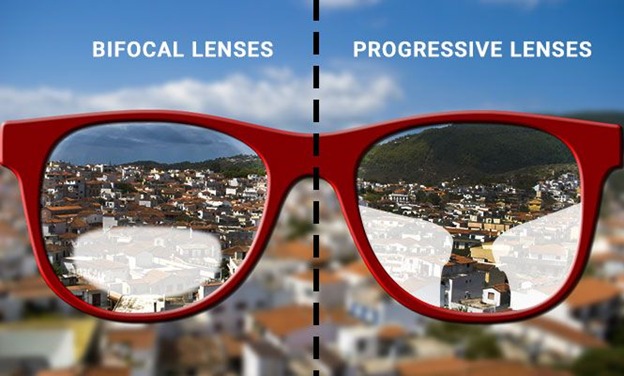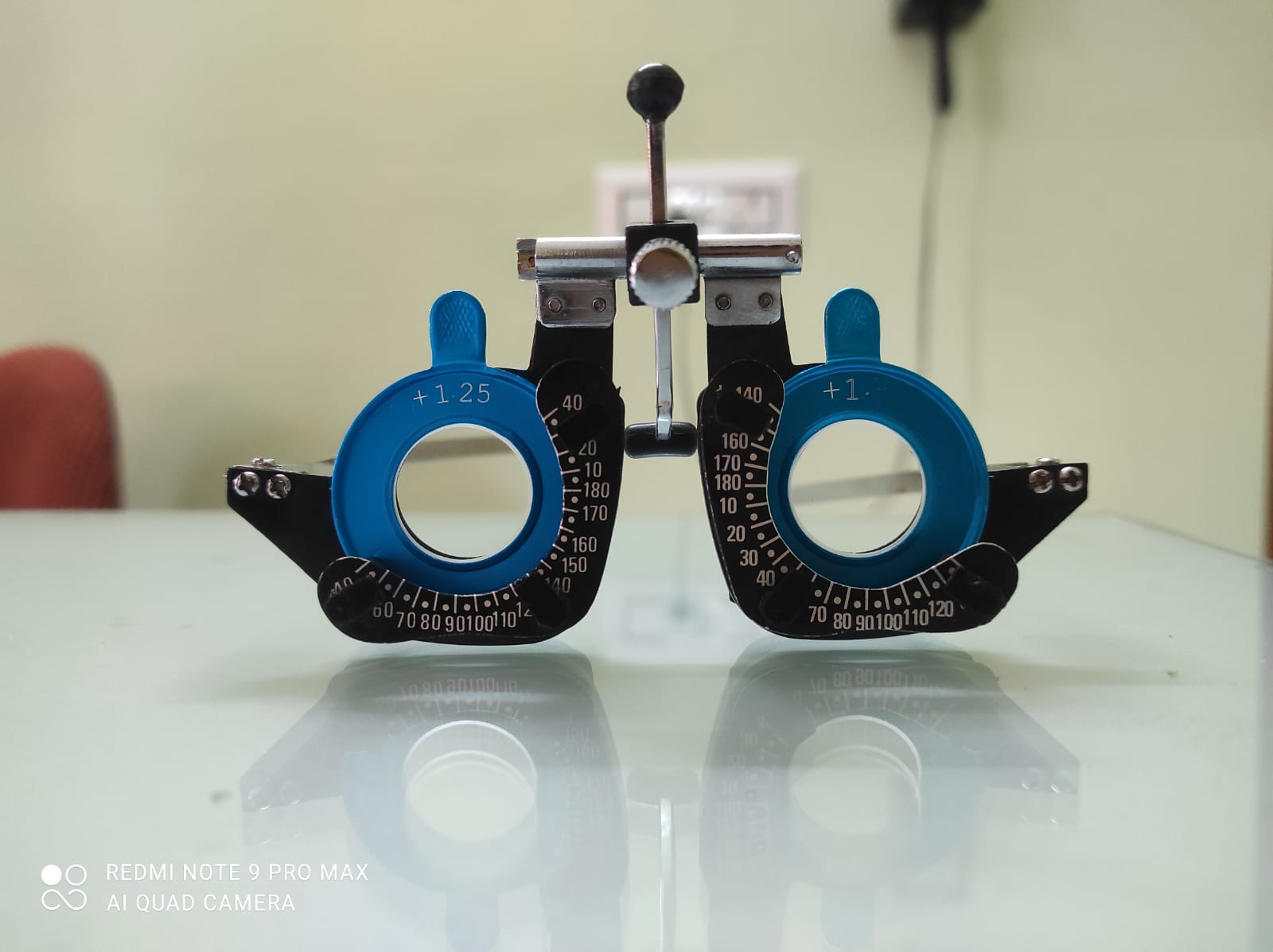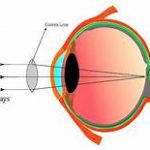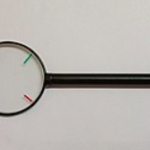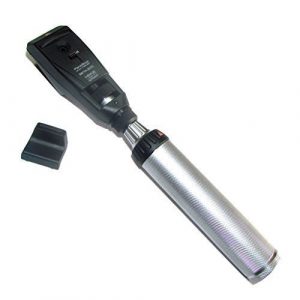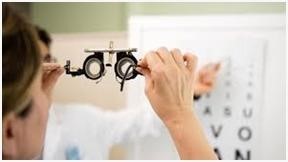Almost everyone is familiar with the word “lens”. We have crystalline lenses in our eyes. Sometimes we need artificial lenses to correct our Refractive errors such as myopia, hypermetropia, astigmatism etc. So let see the scientific definition of lens.
What is lens ?
Lens is a transparent refracting medium bounded by two surfaces. It may be part of a sphere or a cylinder. Generally lenses are made from glass or plastic. Lens has so many types. One of them is cylindrical lens. We will shortly discuss on cylindrical lens here.
Definition of cylindrical lens
It is a segment of a cylinder .The axis of a cylinder lens is parallel to the axis of the cylinder. This can be either a convex or a concave cylinder.
Image :2
Types of cylindrical lens
Plano-cylindrical lens
In Plano cylindrical lens, one meridian contains no power and is the axis of the lens. The meridian of greatest curvature is located at right angle to the axis.
Spherocylindrical lens
It contains spherical component through out the lens.
Refraction by cylindrical lens
Verification of the axis
It is best done by simply rotating the cylinder in steps of 5 or 10° in either direction and by asking whether the acuity improves. When the power of cylindrical lens is less, the patients may have tough situation in deciding at which axis vision is better. Under these circumstances, a stronger cylinder may be used to verify the axis.
• Verification of the cylinder power should be done after the axis has been finalized by changing the cylindrical lens in the trial frame.
Guidelines for astigmatic correction
• Children accept the full astigmatic correction.
• Despite of tolerance the full astigmatic correction, rotate the cylinder axis toward 90° or 180°.
• With older patient, beware of changing the cylinder axis.
Image 3
Cause of intolerance of astigmatic spectacle corrections
• Distortion is caused by meridional magnification.
• Monoocular distortion by itself is rarely a problem, the effect is too small.
• Maximum tilting of vertical lines in the retinal image will occur when the correcting cylinder axis is at 45° or 135°.
• But even under these conditions each adopter of correcting cylinder power produces only about 0.4 tilt.
For example
A patient with symmetrical oblique astigmatism wearing a +1.00 diopter cylinder axis 145°, before the right eye and a +1.00 diopter cylinder axis 45° before the left eye.
• If the patient looks at a vertical rod 3 m away, the retinal images of the rod will be tilted toward each other at the top approximately.
Jackson’s cross cylinder
The cross cylinder is a combination of two cylinders of equal strength, but with opposite sign placed with their axis at right angles to each other and mounted in a handle. The commonly used cross cylinders are of +- 0.25 and +-0.50 D. Image 4
Unit of lens power
D ( diopter) = 1/ focal length( in metres)
Example of transposition for a astigmatic patient
If the original prescription is – 4.00 dsph ē -1.00 dcyl × 45°
Step 1: – 4.00 +(-)1.00 = – 5.00 dsph
Step 2: -1.00 dcyl becomes +1.00 dcyl
Step 3: 45° axis becomes 45°+90° = 135° axis
Hence, the transposed power is – 5.00 dsph ē +1.00 dcyl × 135° axis.
How to identify cylindrical lens
• Cylindrical lens has one toric surface.
• Two Mark’s are seen on the peripheral outer part of the lens, which indicate the axis of the lens
• Cylinderical power is exposed in diopter cylinder( Dcyl). A plus (+) sign denotes convex cylinder and a minus (-) sign denotes concave cylinder lens in the trial lenses.
Image 5
Conclusion
In 1827 Sir George Biddell airy designed the first cylindrical lens to treat his own astigmatism. Cylindrical lenses are also used in light sheet microscope, optical spectrometers, holography, optical coherence tomography etc. In optical industry cylindrical lenses are being hugely used.
References
• Optics and refraction: Prof( Dr) A. K. Khurana
• Must knows in Ophthalmology: Prof(Dr) Sambuddha Ghosh
• Visual Science and clinical optometry: Dr Bikas Bhattacharya
• Cylindrical lens = Wikipedia
• Cylinder prescription guidelines: Dr Prashant.P. Patel.


